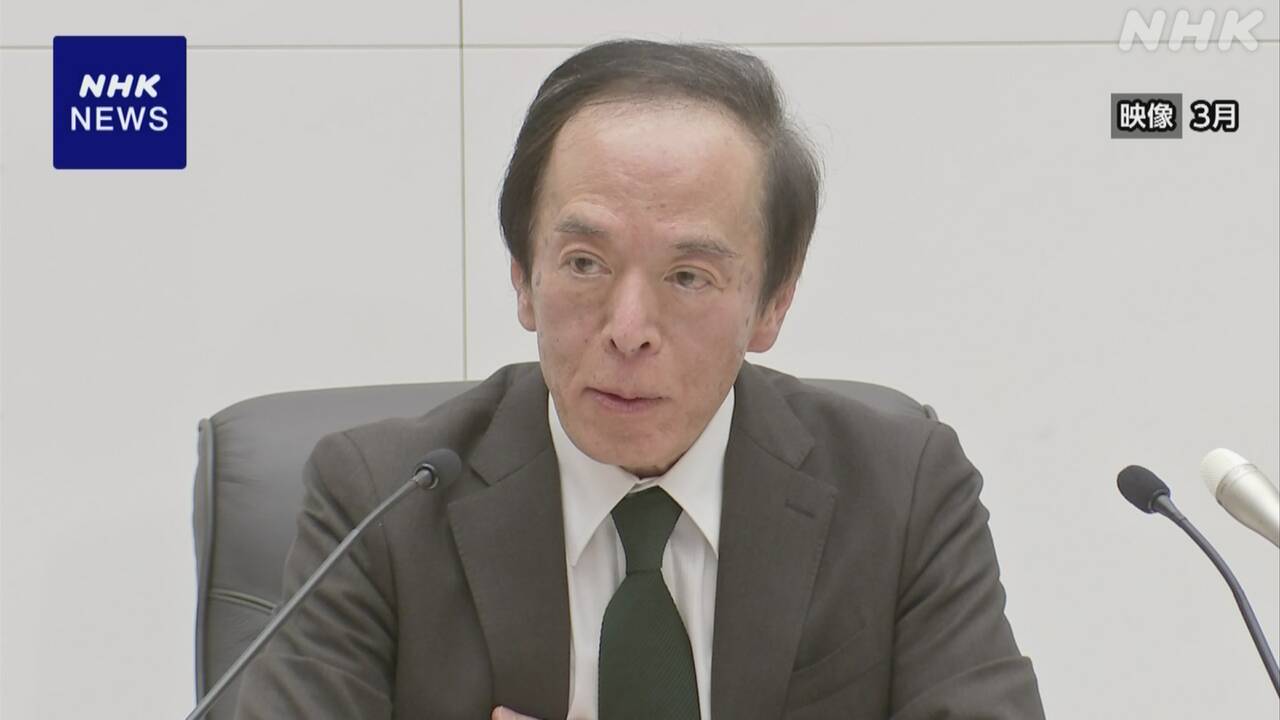Nine days will mark one year since Bank of Japan Governor Ueda took office. The Bank of Japan lifted its negative interest rate policy last month, citing a virtuous cycle in wages and prices, but the focus is on whether the virtuous cycle will continue and how it will decide on further interest rate hikes.
With the rate of increase in consumer prices hovering above 2%, the Bank of Japan has been searching for the timing to normalize monetary policy under Governor Ueda, but the situation with the wage increases during the spring labor union suggests that there is a virtuous cycle in wages and prices. Last month, we decided to end the negative interest rate policy, which would be the first interest rate hike in 17 years.
In the market, it is perceived that the ground has been leveled through information dissemination by the Bank of Japan, and that the policy change was made without major disruption.
Governor Ueda told the Diet on the 8th, ``Last year's economic situation was reasonably good, so we were able to fulfill our desire to simplify policy to some extent.We will respond to changes in the economic situation under the new framework.'' I want to respond appropriately."
However, the Japanese economy is experiencing weakness in personal consumption due to continued negative real wages, a worsening labor shortage, and an increase in import prices due to the depreciation of the yen to a level not seen in approximately 34 years. There are also concerns about the impact of
There are speculations in the financial markets that the next rate hike will take place before the end of the year, but the focus will be on whether the virtuous cycle will continue and what decision Governor Ueda will make regarding further rate hikes.
On the other hand, the Bank of Japan has purchased a large amount of assets such as government bonds through its large-scale easing measures, and the issue is how to proceed with its exit policy, including how to handle these assets.

